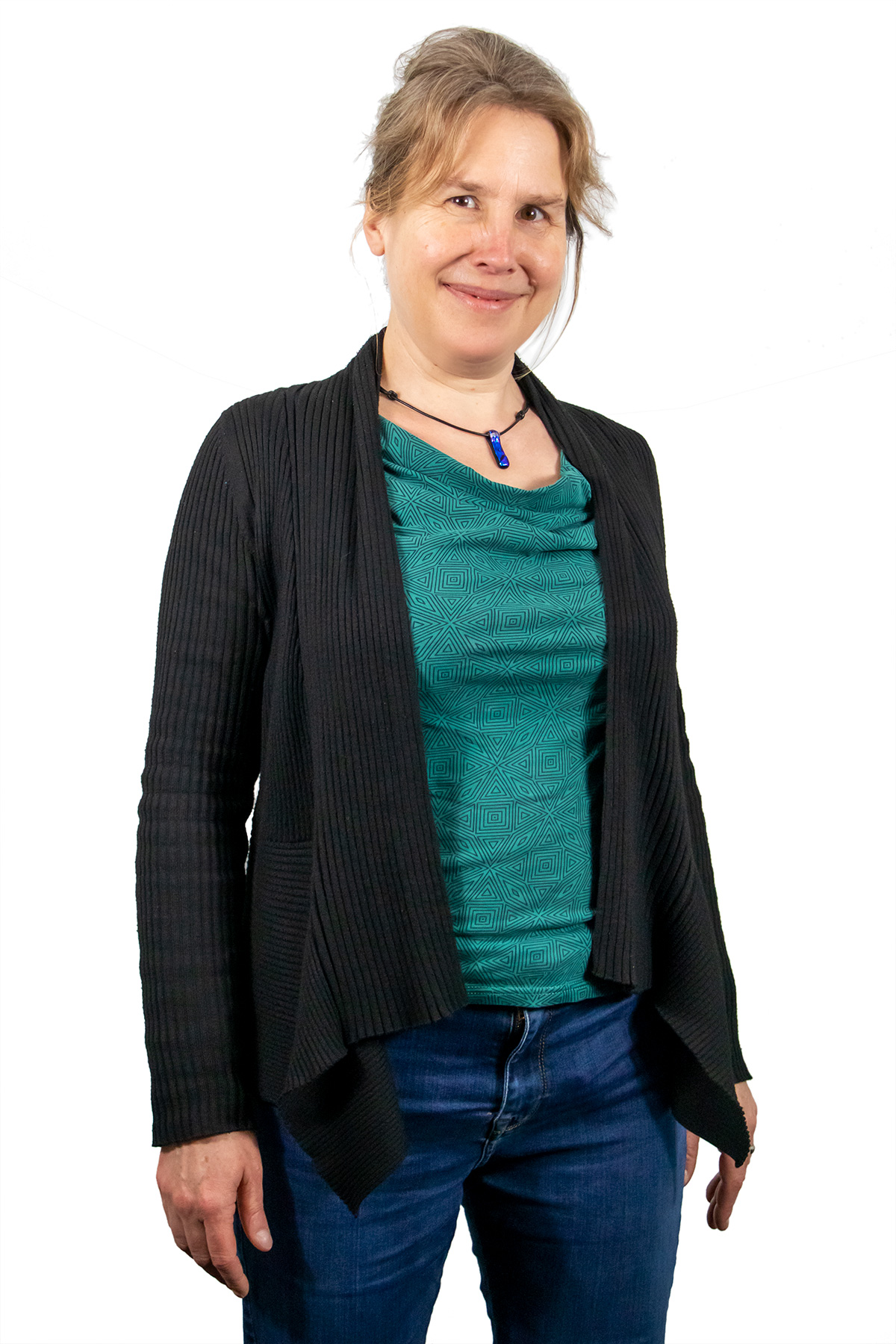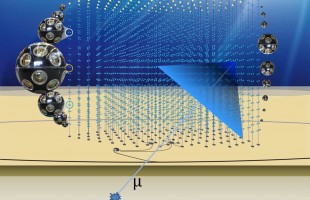With a successful operation on the high seas last week, the French segment of the KM3NeT neutrino telescope was further expanded to 33 detector lines.
A total of five new lines with sensors were placed on the seabed at a depth of 2.5 kilometers from a crane ship and connected to a data and power connection point that had been installed earlier in the summer. Four lines that had been installed earlier are now also connected to the undersea network to Toulon, plus a new acoustic beacon for distance measurements.
This brings the ORCA segment of the telescope, which observes and analyzes ghost particles from space, to about one-third of its intended size. Nikhef is an important partner in the international KM3NeT project; many of the detector units are assembled in Amsterdam.
More data right away
Nikhef researcher and programme leader for neutrino physics Dorothea Samtleben is delighted with the new expansion. “New lines immediately provide our people with more data to study.”
The detector is already detecting a few neutrino events per day. Earlier this year, KM3NeT made global headlines with the discovery of the most energetic neutrino ever.
Neutrinos are uncharged and virtually massless elementary particles that are released during nuclear processes. After their creation, they move through matter virtually unhindered and can therefore only be detected with very large detector volumes.
Light trail
Very occasionally, a neutrino in the water strikes an atomic nucleus, releasing an electrically charged muon (heavy electron type) that then causes a light trail in the water.
KM3NeT consists of hundreds of lines with light sensors in glass spheres that pick up the light signals. The time differences between the signals can be used to reconstruct the trail of the muon, and thus the neutrino.
KM3NeT will ultimately monitor a cubic kilometer of dark deep-sea water at two locations. These are ORCA near Toulon, for low-energy neutrinos, and the larger ARCA near Sicily for high-energy neutrinos.
Mass hierarchy
KM3NeT is both a telescope, which attempts to find the sources in the cosmos of the neutrinos that reach Earth, and a measuring instrument, which measures the properties of neutrinos themselves. An important unanswered question is how the small masses of the three known types of neutrinos relate to each other. This so-called mass hierarchy is crucial input for particle theory.

